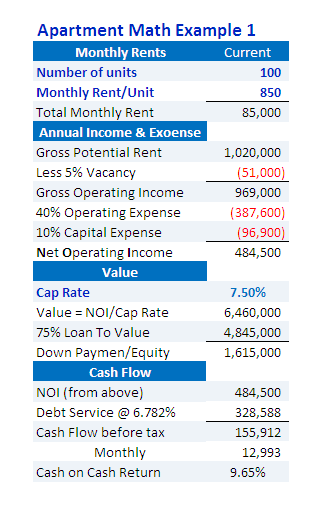AFT: When you look at some of the cap rates on recent transactions, do you feel like the multifamily industry is getting a little overheated in some markets?
Brickman: I do not. I think it is perfectly rational where cap rates are now. The cap rates are driven by financing costs, and what you’re really saying is, can cap rates go up? Of course they can, and if [interest] rates go up significantly, cap rates would likely go up, but it’s not one for one. What you have to look at is [that] the spread of cap rates to Treasuries is actually quite wide.
AFT: It’s probably more than 400 bps now, on average.
Brickman: Exactly, and historically it has not been anywhere near that wide—it’s been more like 250, 300. And so you’ve got a very healthy risk premium to real estate right now, and you’ve got strong growth forecasts. There are very positive influences lining up behind demand and a relatively anemic level of supply. So, I think you can legitimately sign up for pretty healthy rent growth. And that [in] itself justifies a low cap rate even independent of the interest rate.
See the whole interview at: http://bit.ly/xp9VM7
